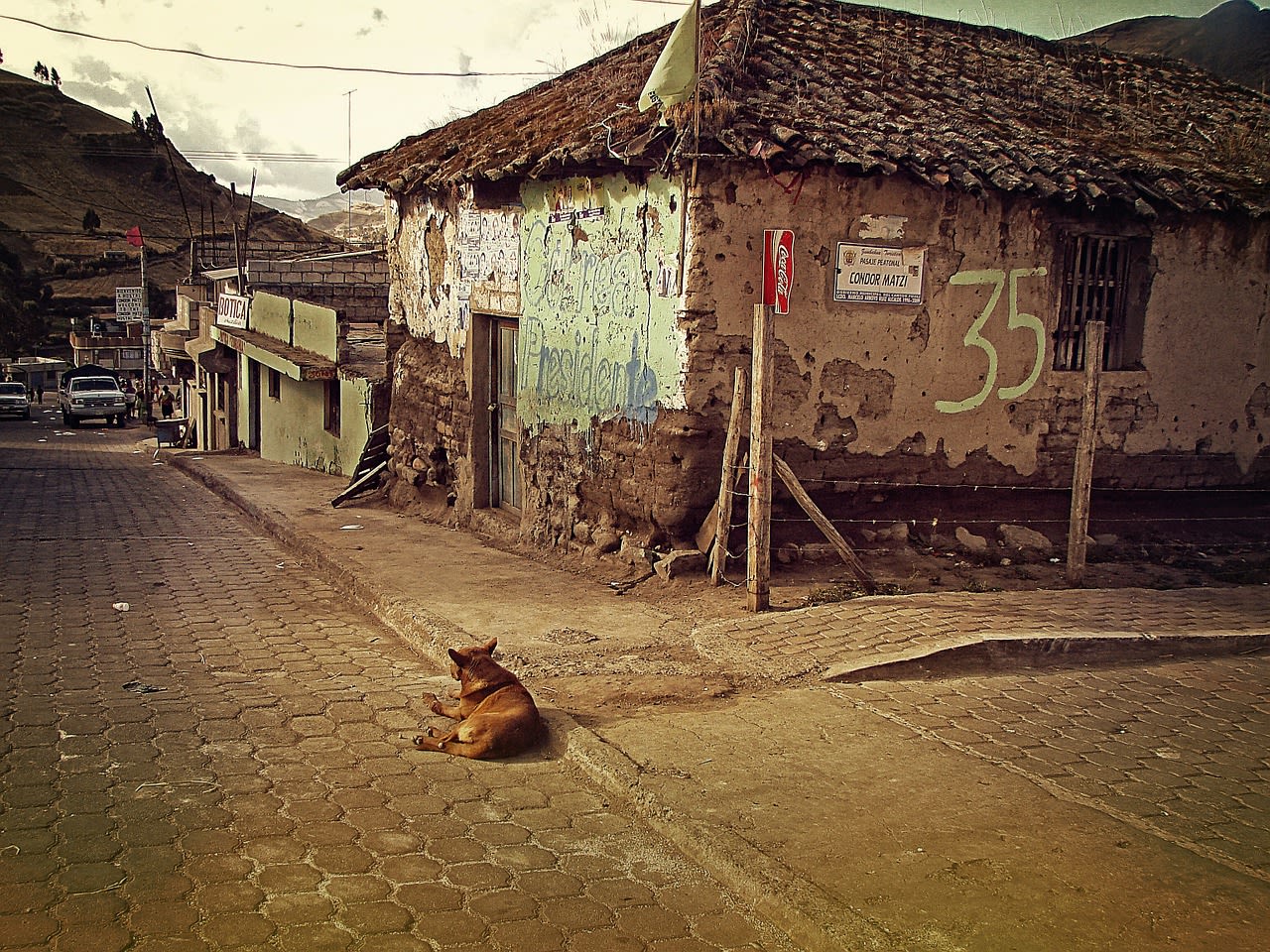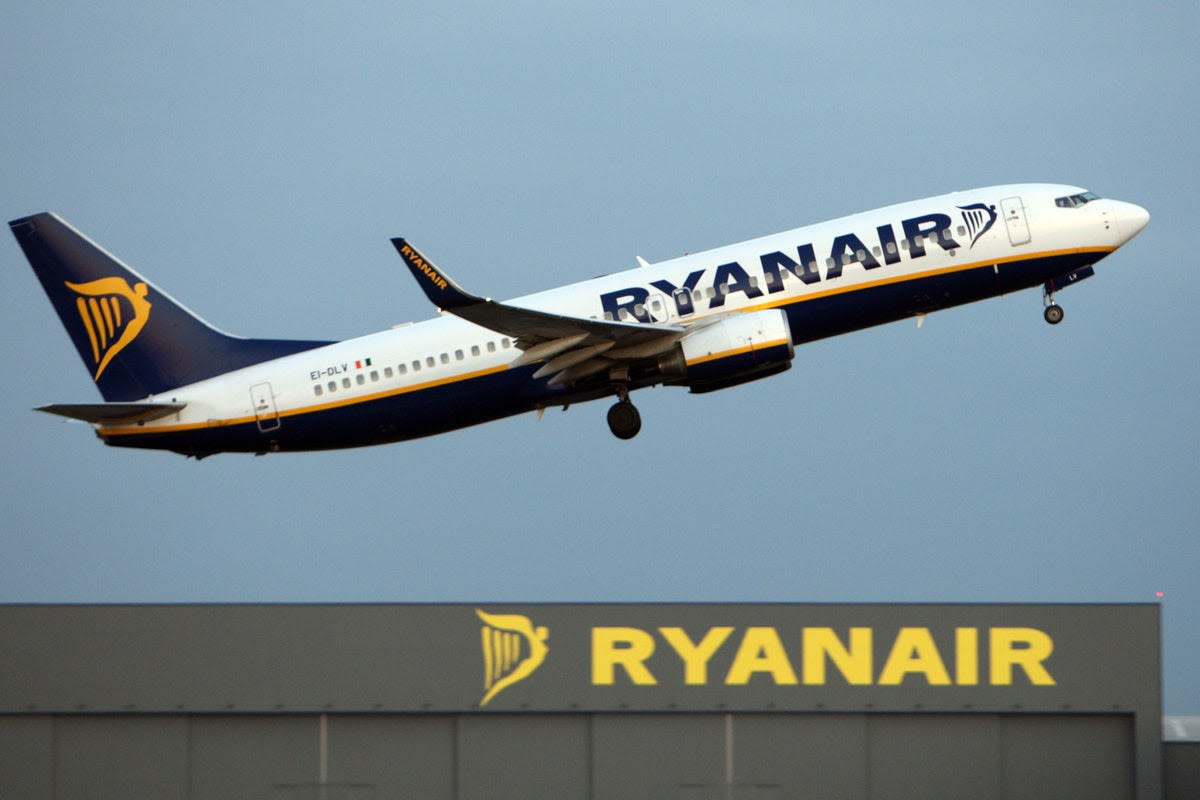Search results
Find out the 51 independent countries of Europe, including 5 transcontinental states, in alphabetical order. Learn about their geography, history, culture, and travel destinations.
- European Union
Current list of all 27 European Union countries. The...
- Countries of Asia
Armenia and Cyprus geographically are in Asia, but...
- World's Largest Countries
Top 100 largest countries by area. The Earth's surface is...
- Capitals of Europe
The countries' principal cities have always been among the...
- Currencies of Europe
The dominance of the Euro is clearly observed, now the 28...
- Countries of The World
Thereby, we can say that the total number of independent...
- Countries of South America
In total, there are 12 independent countries and 3 dependent...
- World's Richest Countries
Top 50 richest countries in the world. How to determine how...
- European Union
News about SolarPower Europe, EU countries, slums
News about Europe, Ryanair, travel strikes
News about Ukraine, Poland, Russia
Also in the news
Nov 18, 2022 · Europe is the second-smallest continent with 44 countries, according to the UN. The web page explains the regions, population, and features of each country in Europe, as well as the transcontinental and subcontinental countries. Learn about the geography, history, and culture of Europe's diverse countries.
- Diptarka Ghosh
The web page lists 44 countries in Europe according to the United Nations, with population and subregion data. It also shows the population and subregion of dependencies and other territories, such as autonomous areas and special sovereignty.
Europe is a continent located entirely in the Northern Hemisphere and mostly in the Eastern Hemisphere. It is bordered by the Arctic Ocean to the north, the Atlantic Ocean to the west, the Mediterranean Sea to the south, and Asia to the east. Europe shares the landmass of Eurasia with Asia, and of Afro-Eurasia with both Asia and Africa.
People also ask
How many countries are in the European Union?
How many countries are in Eastern Europe?
How many countries are in northern Europe?
Where is Europe located?
Learn about the four main geographical regions or subregions in Europe, their countries, areas, populations, and capitals. See maps of the continents and the countries of Europe by region, with facts and figures.
2 days ago · Europe, second smallest of the world’s continents, composed of the westward-projecting peninsulas of Eurasia (the great landmass that it shares with Asia). It occupies nearly one-fifteenth of the world’s total land area. The long processes of history marked it off as the home of a distinctive civilization.
Learn about the 44 countries in Europe, their history, culture, and landmarks. Explore the map of Europe and test your knowledge with a quiz.






